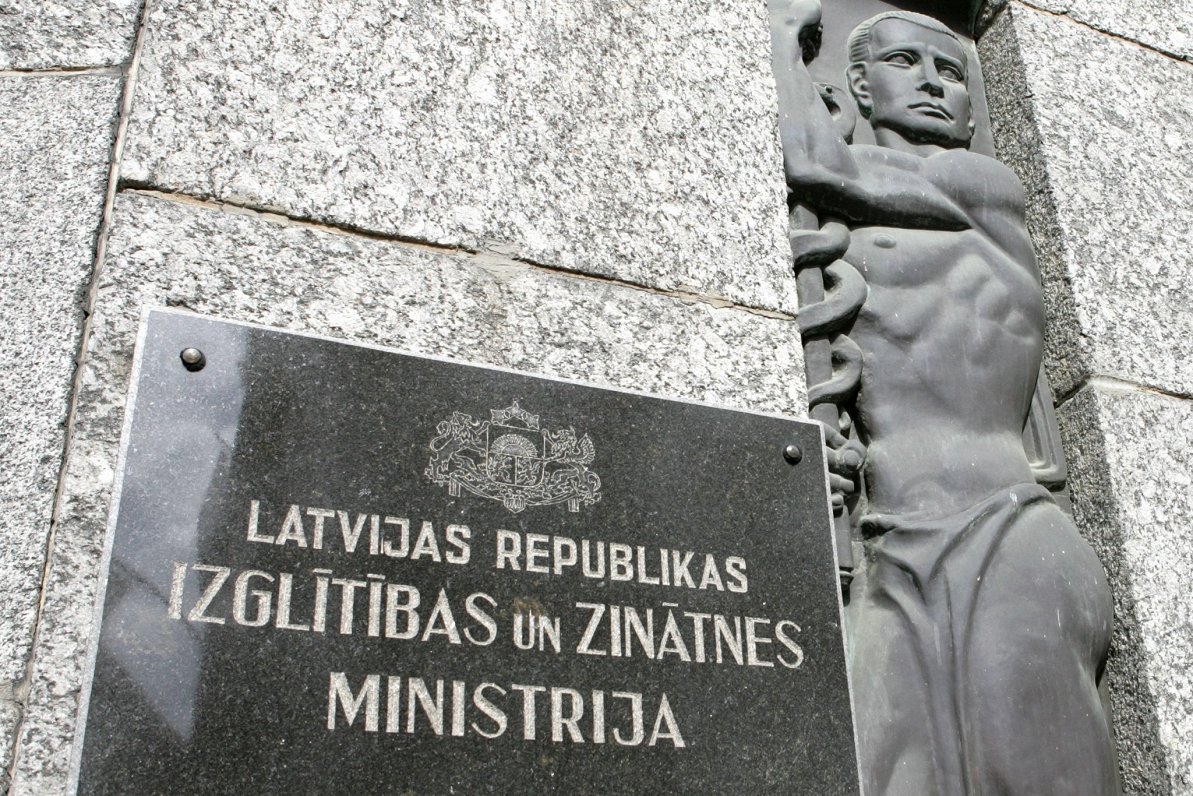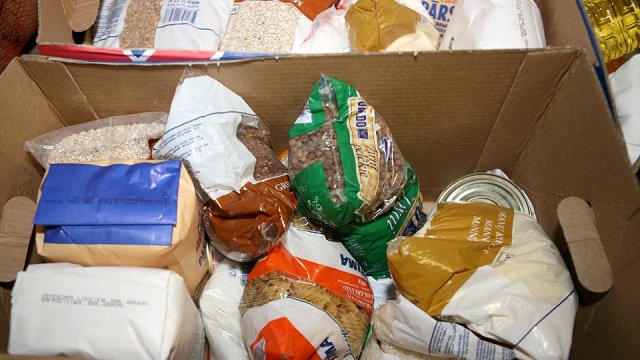Representative of the Ministry of Education and Science (IZM) Higher Education, Science and Innovation Department Jānis Paiders told Latvian that there would be a 30% growth in funding in 2022. The Ministry's budget provides for over €61 million in aid for science. Paiders said that some €35 million of these were planned for science base funding, which is 7.6 million more than previously.
The ministry will change its money-reallocation approach this year, placing more emphasis on the achievements, instead of the number of staff.
The redeployment will also take into account the results of the international evaluation of scientific institutions, as well as the contribution of young scientists, namely that successful defenses of Master and doctoral theses will be accompanied by more support.
Representative of the young scientists' association Antra Boča said that although the increase is welcome, the funding is still far from desirable.
"Science support will remain below 1% of GDP, but we want to reach this figure at 1.5% in the least. We welcome the fact that scientific performance will have a higher share in this calculation of base funding. In the long term, we would like to see that there is more stability in science, that there is a predictable increase in funding that really institutes and researchers can rely on, but in the short term, we would like to see that this additional money would help to overcome the structural funds' pause for postdoctoral grants that are currently over. In our view, the increase in the national budget should allow the financing of the analogue programme for the period up to the next post-financial activity in 2024. This is important to prevent a funding gap for the most prominent young researchers.”
In total, the State funds 22 scientific institutions. There are several science institutions in different areas under the auspices of the Riga Stradiņš University (RSU). University Science Department Director Liene Ņikitina-Zaķe predicts that with the new model, funding for RSU science structures will grow, but overall the budgets of the institutes depend largely on how successfully they launch projects in competition.
“In these cases, the researchers' salaries are covered by project money and base funding is released, which can be invested in infrastructure, but these funds are not sufficient and RSU also invests its own funds in institute infrastructure and employees' remuneration,” she said.
On the other hand, the head of the Institute of Electronics and Computer Science, Modris Greitāns, said that researchers should be motivated more to participate in international projects and to write excellent scientific publications.
"I am surprised that projects are assessed the same no matter whether they are international or local. [..] In my opinion, this is not exactly the right situation, because international projects should either be funded in a separate group – money brought from outside is valued twice as high as the money to be reallocated at the Latvian level. It will motivate [participation]. People will bring more money from outside and clearly Latvia will get it," said Greitāns.
He also added that so far base funding represents only around 15% of total institute funding, which has a particular effect on the competitiveness of local researchers with other national institutes where state aid is higher.
The Academy of Arts studies protector Antra Priede estimated that base funding for arts researchers will decrease slightly next year.
"The increase in additional funding must be much higher to be achieved at all because what we have faced in such international projects, which could potentially be a criterion or a formula for a larger increase in base funding, cannot be done to the end because there is a lack of co-financing. The overall idea is wonderful, but there must be some mechanisms that are sufficiently well-defined to have sufficient financial capacity for us to increase participation in international projects,” she said.
Ivars Kalviņš, head of the Latvian Academy of Sciences, believes that until now, the funding of the base in science has not stimulated development, because the results achieved by scientists were not the decisive factor.
Although Kalvins supports the idea of the new model, he also stressed that state aid is still low, as base funding needs EUR 40 million in addition.
“There is a need for investment in science so that we finally break out of the low ranks [..] of innovation and also in science and research funding per capita,” he said and added that it would be necessary to renew the national research programs involving the most powerful scientists from all scientific institutions in Latvia.
As previously reported by LSM, Latvia is among the EU's lowest spenders on research and development.





























